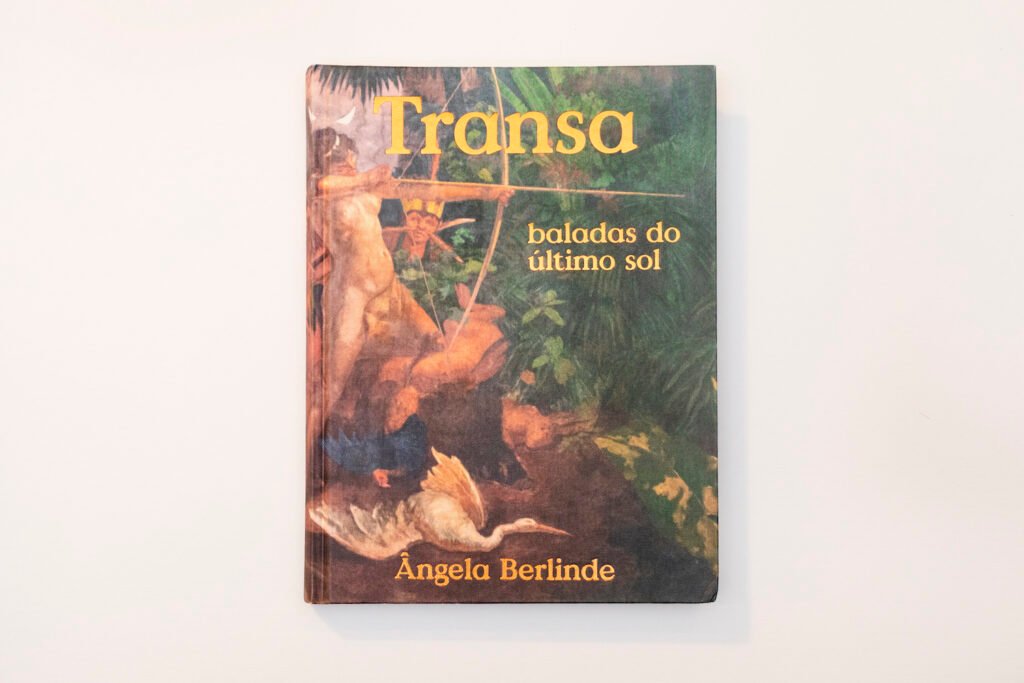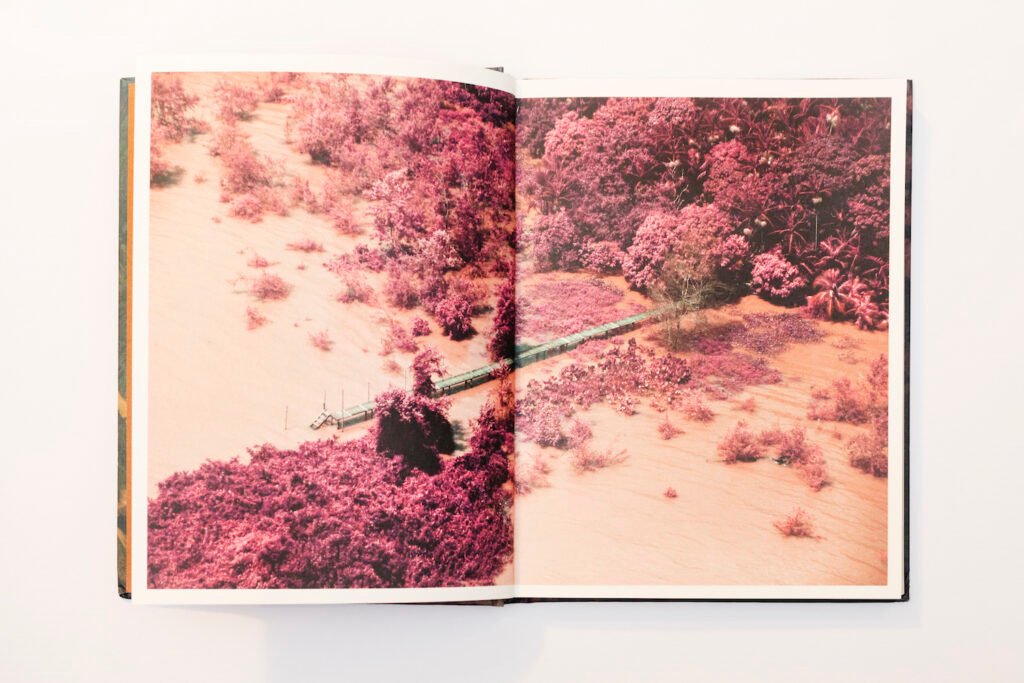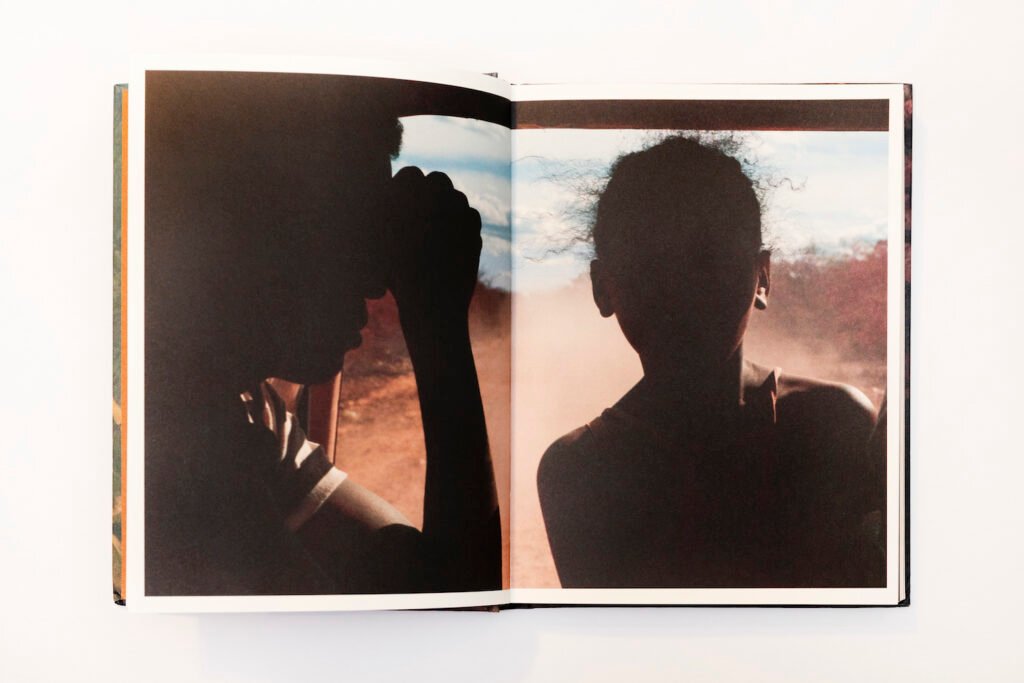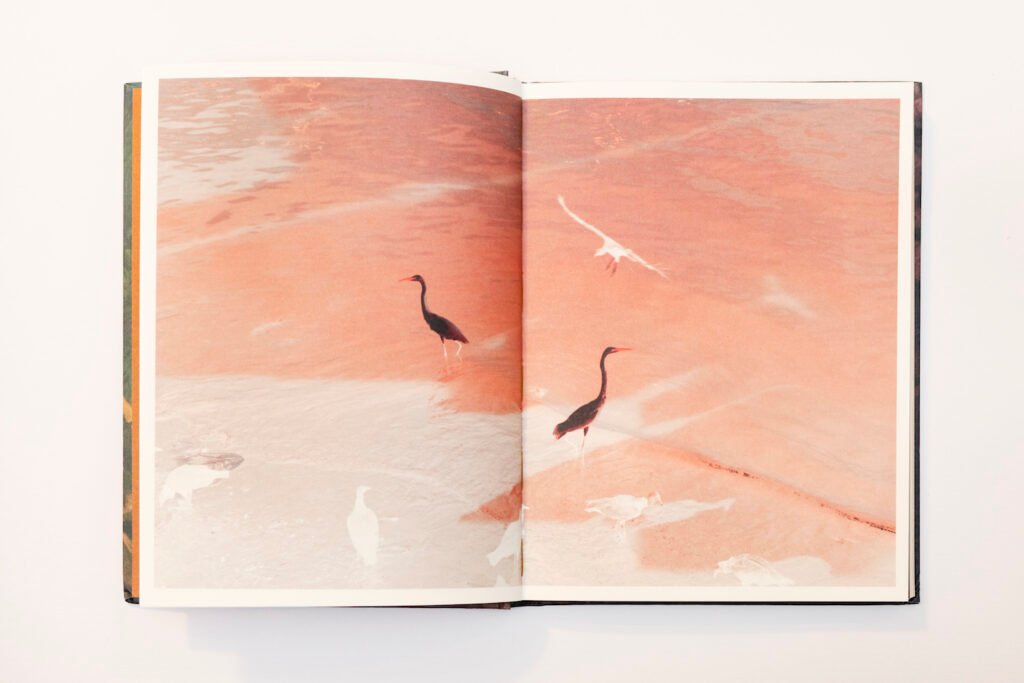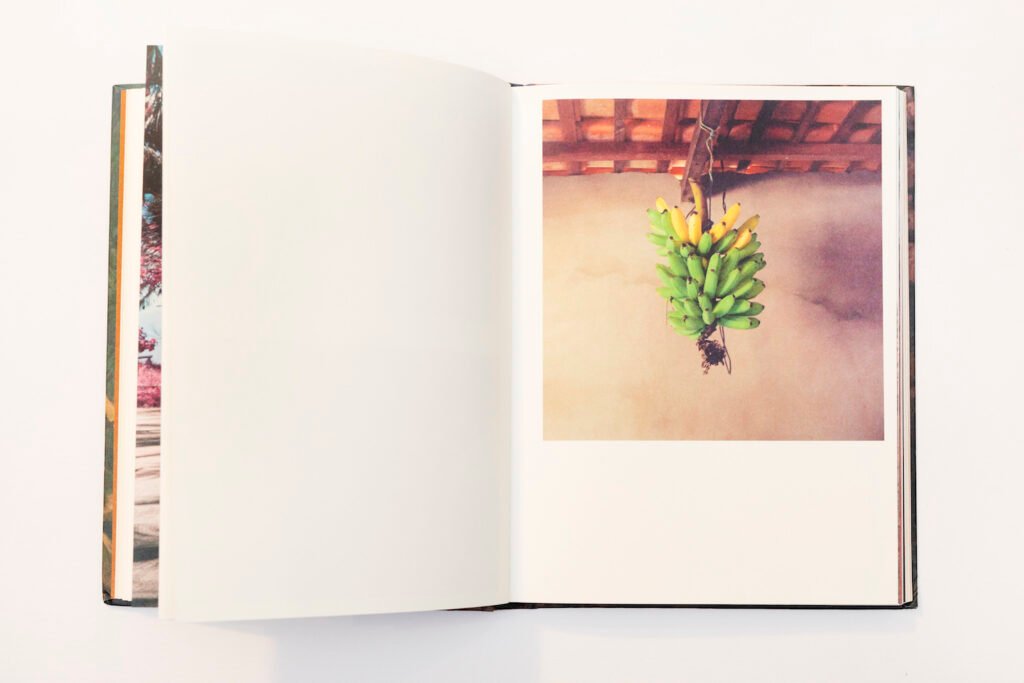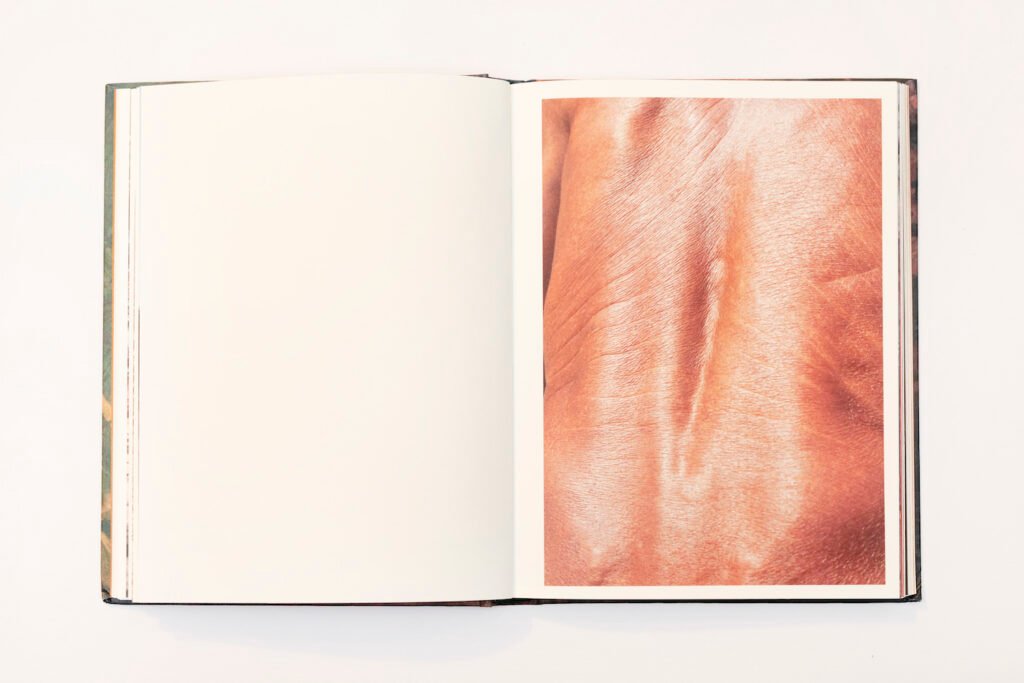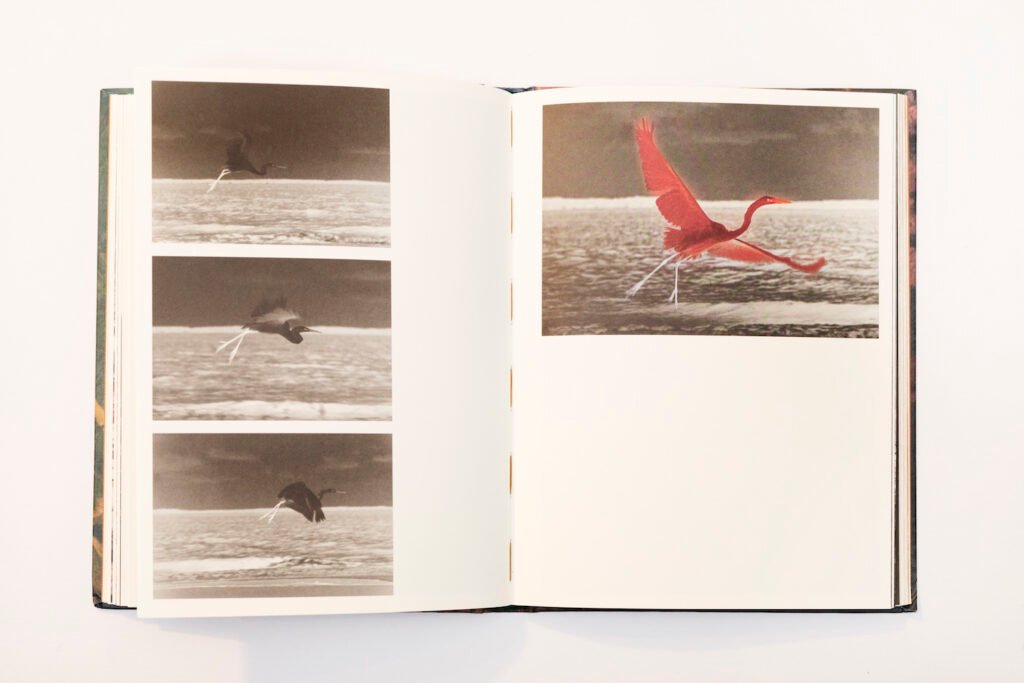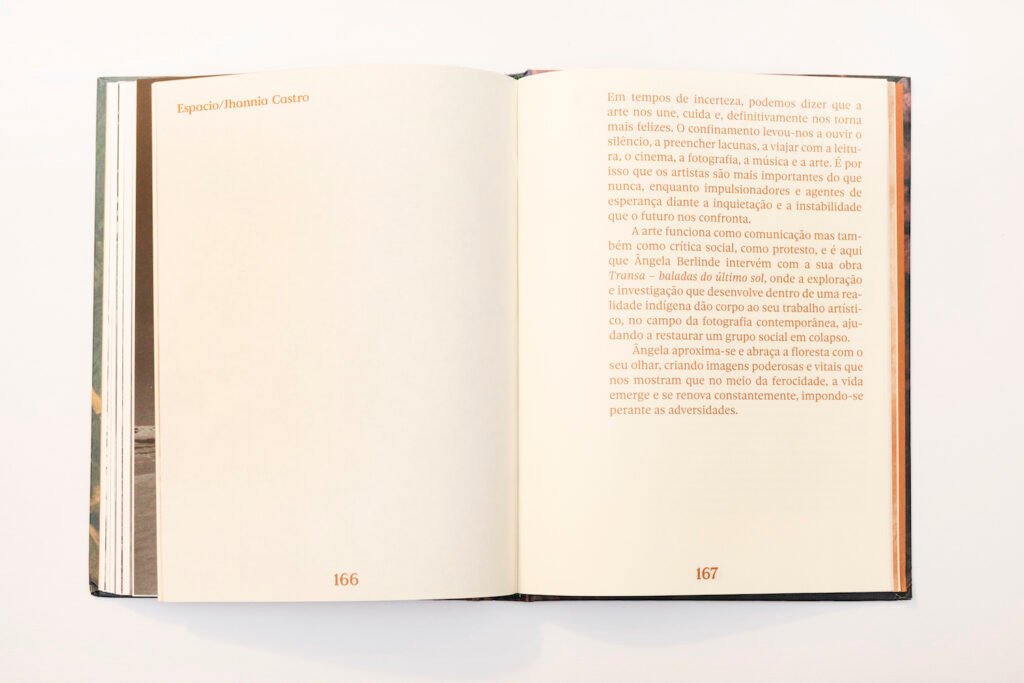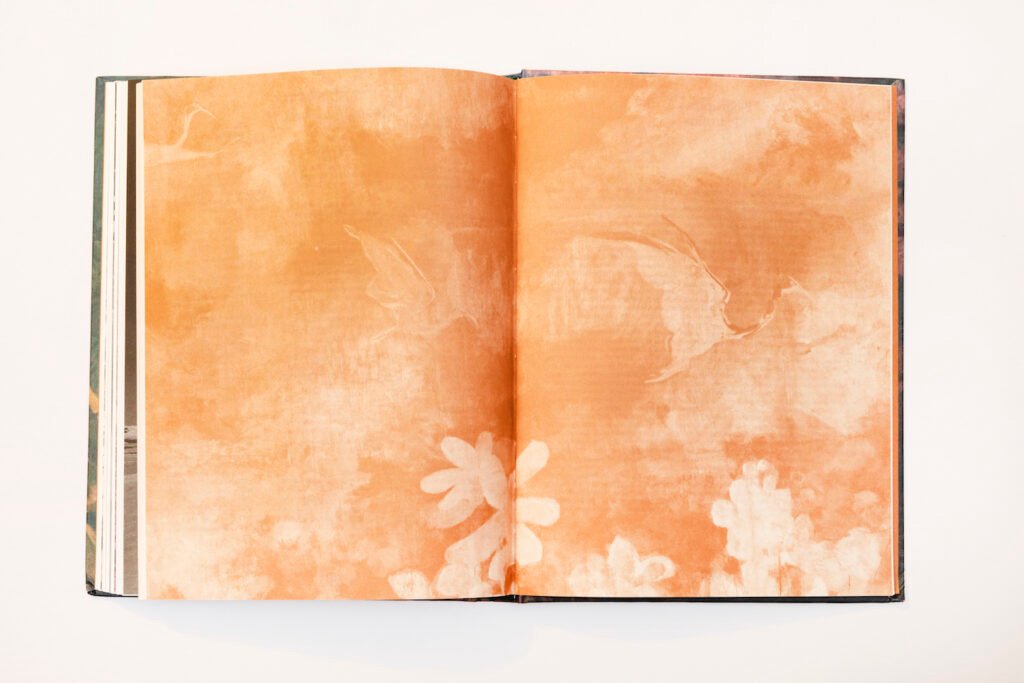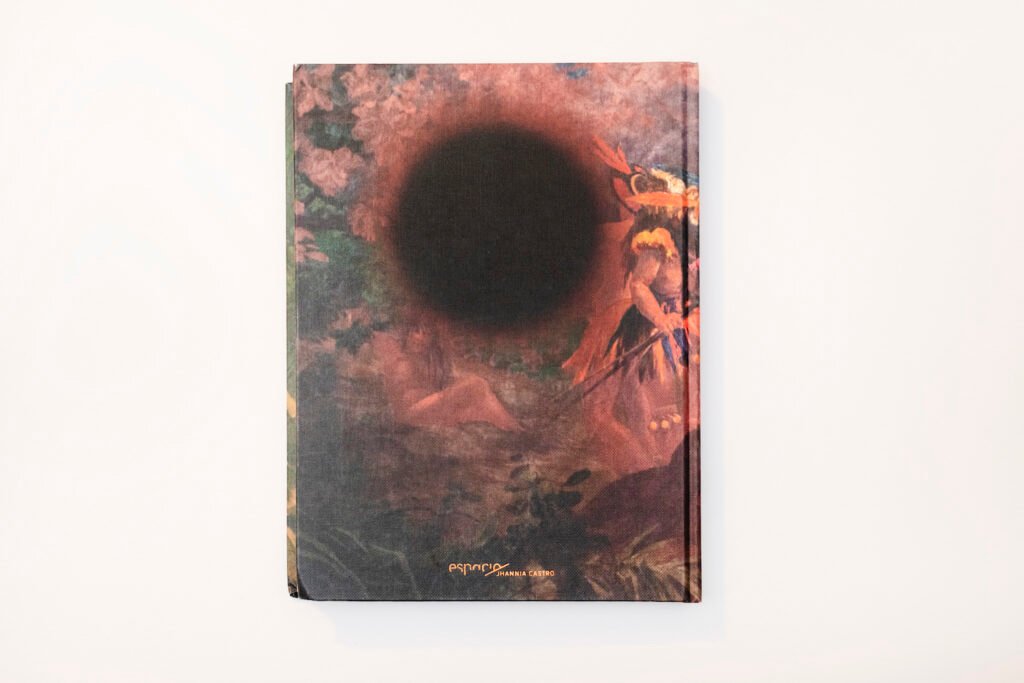“The Renaissance conceived of the natural and social world as a spiritual organism in which perpetual exchanges of phantasmic messages occurred. That was the principle of magic and Eros, Eros itself being a form of magic.”
Ioan Couliano
In Ângela Berlinde’s work “Transa – baladas do último sol”, the Western gaze could make a parallelism with the Renaissance aesthetic, which in Couliano’s words is one saturated with spirituality and ‘phantasmatic messages’, and that force derived from the presence of Eros, god of life energy. Although another mythological figure is central to Berlinde’s narration: José de Alencar’s Iracema, the Tabajara indigenous woman which gives name to the homonymous book written in 1865. Possibly an anagram of America, Iracema and her love tale with Martim, a Portuguese coloniser have been read as an allegory for the birth of the Brazilian nation, set at the point of conjunction between fiction and history. “Transa – baladas do último sol” lingers in the same interlace between realism and myth, which photography is also about while offering poetic frescos-like visions of the contemporary existence of a world still threatened by the oppressive force of the civilising force of colonialism. The ancestral power of nature and the indigenous break the linearity of the narration, inviting the viewer to depart from those symbols and construct an alternative cartography of the Amazon rainforest and the world within. Quoting Vilém Flusser (1983), “the space and time peculiar to the image [is] the world of magic”, which is in turns “a world in which everything is repeated and in which everything participates in a significant context”. Flusser opposes this world of magic to the historical world, which is linear and ruled by the law of cause and effect. Not to mention, he also believes that technical images, like photographs, were invented to overcome the crisis of history and texts. Berlinde’s narration seems to take the side of this discourse in the way it breaks the linearity of (Western) history, proposing a counter-narrative of what in modern history has been addressed as the colonisation of Brasil.
The human and the natural fuse into the same entity and become an ecosystem of phantasmata of a pure world once exploited by colonialism and the so-called civilisation. Through ephemeral and distorted photos and comics illustrations by André Le Blanc, Berlinde’s work creates a peculiar narration where the nostalgia for a lost integrity slowly gives way to the power of images in constantly bringing to life what ‘has been’. Allegories reinforce the already strong connotation of the photographed and activate a poetic rhythm rich in enjambments, iterations of certain figures, surreal imageries. The indigenous, the black, and the woman is the prominent figure of the story, represented by illustrations and technical images that add layers to the already mentioned myth of Iracema, bringing it alive in flesh and blood. What lies behind the figure of Iracema is, as mentioned, the indigenous, the pure, the archetype of every man renegade by the Western colonisation disruptive force. Berlinde’s photobook is, in the end, the swan song or the ‘ballads of the last sun’ in her own words, of a territory and its communities pushed to live a segregated life.
Ângela Berlinde (Porto, 1975) is an artist and independent photography curator, researcher with PHD studies in Visual Communication about painted photography at Universidade do Minho, Portugal. She holds a degree in Curatorial Studies and completed a Master’s degree in Photography at Utrecht School of Arts-Holland. She is pós-doc researcher at Escola de Belas Artes Universidade Federal do Rio de Janeiro Brazil, developing studies on contemporary visual practices that problematize the hybrid forms of Photography, in intersection with other languages, such as Painting, Cinema and Literature. Her most emblematic work, Nhynã Aba, in Tupi Guarani “the heart of an Indian” addresses the ancestral myths and stories of the indigenous peoples of Brazil and the way they relate to their im- age. Since the last decade she has commissioned contemporary photography throughout Europe, Asia and Latin American Countries, particularly in Brazil. Lives between Portugal and Brazil and works within the transversality of visual narratives, expressed in photobooks, a territory in which photography expresses its true creative potential. Throughout her career, both in the field of creation and curatorial and academic processes, she has always seeks to examine the way which Photography continues to engage in contemporary cultural narratives for the construction of new orders and artistic structures.

